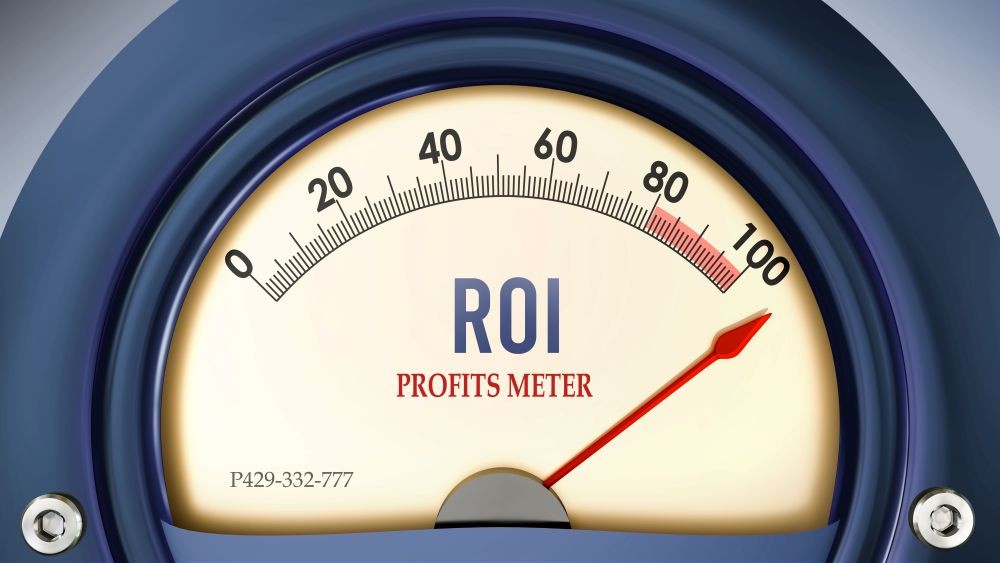
Meeting planners and stakeholders are focused on maximizing the return on investment (ROI) of every event more than ever.
In my new book Steinberg’s Guide to Creating Competitive Advantage and training games like What’s the Future of Finance? and …Insurance?, finding ways to squeeze more out of every corporate gathering isn’t as hard as it seems.
Here are 10 ways planners can enhance sales, productivity and learning at their conferences and conventions.
[Related: 10 Ways to Design More Interactive Event Programming]
1. Embrace Pre-Event Engagement and Data Analysis
The ROI journey effectively begins weeks before the event itself. Create detailed participant surveys to understand specific learning objectives, networking goals and business challenges attendees want to address. Use this data to customize content and create targeted networking opportunities. Track registration patterns and early engagement metrics to predict attendance and adjust programming accordingly.
2. Use Technology to Personalize Experiences
Invest in event technology that enables real-time tracking of participant engagement and automated personalization of experiences. Use AI-powered matchmaking systems to facilitate more-valuable networking connections based on shared business interests and objectives. Implement mobile event apps that provide personalized recommendations for sessions and networking opportunities based on participant behavior and stated goals.
3. Incorporate Hands-On Learning
Transform passive presentation formats into interactive learning experiences. Design sessions that require participants to apply concepts to their specific business challenges in real-time. Include structured peer-to-peer learning opportunities where attendees can share experiences and solutions. Create projects that begin during the event and continue afterward.
More Meetings Today Checklists
4. Leverage Content More Holistically
Capture learning in formats (video, article, transcript, etc.) that extend the event's value beyond its actual duration. Create structured follow-up programs that reinforce key learnings and support implementation. Develop online communities where participants can continue discussions and share implementation experiences. Provide access to speakers and experts for post-event consultation.
5. Design Events for Hybrid Engagement
Offering meetings that maximize value are likelier to attract both in-person and virtual attendees. Create engagement opportunities that work equally well for all participation modes. Invest in high-quality technology platforms for virtual components to ensure remote participants receive comparable value. Implement interactive technologies that facilitate meaningful interaction between in-person and virtual attendees.
6. Repurpose Content Strategically
Develop comprehensive plans for capturing and repurposing event content. Record sessions professionally and edit them into various formats for different uses. Create micro-content from key moments for social media and internal communications. Develop implementation guides and reference materials from session content.
[Related: 10 Tips for Using AI to Radically Improve Meetings and Events Tasks]
7. Go Beyond Day-Of Programming
Build extended learning efforts into the structure of the event itself. Require participants to develop detailed action plans for applying learnings to their work. Create accountability systems through peer groups or mentoring relationships. Establish follow-up mechanisms to track implementation progress.
8. Leverage Vendor and Speaker Relationships
Create strategic partnerships with speakers and vendors. Negotiate packages that include pre- and post-event engagement opportunities, e.g., advance or follow-up webinars, podcasts or interview sessions. Work with speakers to create custom content, video clips and networking or consulting opportunities as a follow-up.
9. Institute ROI Tracking Systems
Implement sophisticated tracking systems that measure both immediate and long-term event impact. Create balanced scorecards that include quantitative and qualitative metrics. Track specific business outcomes that result from event participation. Measure both direct returns (like sales leads or skill acquisition) and indirect benefits (like employee engagement or brand building).
10. Monetize Content Over Time
Transform featured programming into revenue-generating assets beyond the initial gathering. Create premium content packages from event sessions, develop training programs based on event materials, and license multimedia material to industry partners. Build subscription-based access to event content libraries and expert networks established during events.







